Elephant Garlic
Elephant garlic is linked with the onion genus having mild flavor and taste. It is not true garlic as it belongs to the garden leek species. Bulbs of this garlic form into several cloves and have other features like the leek. This large-sized vegetable can be easily blended in a number of recipes in raw and blanched form.
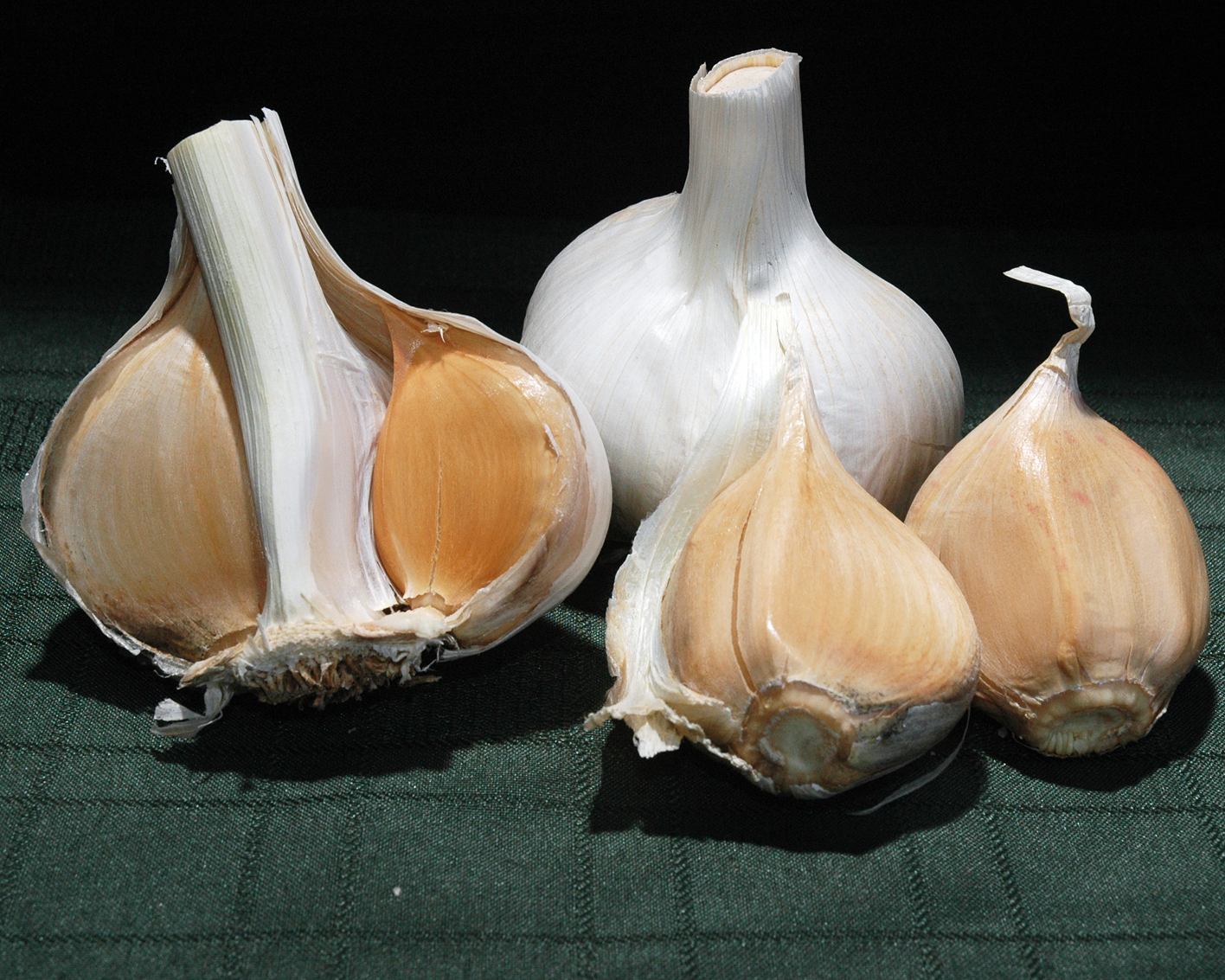
Elephant Garlic
Table Of Content
Scientific Name
This type of garlic is known as Allium ampeloprasum in latin.
Origin
It can be said that Elephant Garlic has originated from Central Asia. They have suited themselves to be grown in the Mediterranean regions with temperate climate but originally they were hardy and resistant to harsh cold. It might have been transported to U.S.A by immigrants from.
Description
Bulb
It has very big bulbs which may weigh more than a pound individually growing for about 5 inches diagonally. A single clove grows more than 1 inch in width and 2 inches in length.
Color
Bulbs of this variety have a yellowish tinge and the wrappers are extremely white.
Leaves
Upon growing, large flat leaves grow on it that has a mix of grey and green colors.
Flowers
Flowers of elephant garlic look pink and they can also be consumed.
Height
The plant grows up to a height of 25 to 35 inches.
Taste
Cloves of elephant garlic taste sweet. It leaves behind a discrete aftertaste in your mouth.
Aroma
It has a mild aroma unlike the varieties of true garlic.
Distribution
It is grown globally as it suits warm as well as cooler climates for growth. It is native to Europe, West Asia and African countries.
Growing
Propagation of this leek vegetable is not generally done from seeds. It does not produce viable seed like true garlic but the cloves are termed as seed. Check out the conditions for planting Elephant garlic:
Planting season
It can be planted in autumn, spring or summer depending on the type of climate it will be planted in.
Sun
It grows best in full Sun.
Soil
Soil should be rich in nutrients and light as it facilitates growth and harvest.
Water
It should be supplied with moist soil as dry soil affects its proper growth.
Maturity
It matures between a period of 90 and 150 days approximately.
Harvest
Harvest the bulbs after they complete 90 or 100 days when flowers start drying up.
Growing tips
Since it grows to a big size, spacing should be specially attended to. Leave around 10 inches in between the cloves and 17 to 20 inches between the rows. Plant Elephant garlic at a depth between 1 and 2 inches. To acquire properly sectioned garlic a couple of growing season is required as the initial one might grow up to one solid bulb.
Elephant Garlic vs Regular Garlic
- Ordinary garlic has pungent flavor whereas elephant variety is milder in taste and flavor both.
- The former is bulky and the later is smaller, often resembling a golf ball.
- Regular garlic is white but the color of the other one is slightly yellowish.
- The giant garlic is a hardy crop unlike its true variety which is not resistant to many conditions.
Health Benefits
Several health benefits can be derived by consuming the cloves of this garlic.
- It is rich in calcium, vitamins and fiber which help in improving immunity and digestion.
- It has high composition of potassium and folic acid helpful in many ways.
- Laxatives present in it aids in smooth bowel movements.
Nutritional Facts
Elephant Garlic (raw, chopped), 3 tablespoons (9g)
| Calories | 13.4 |
| Protein | : 0.6g |
| Carbohydrate | 3g |
| Total Fat | 0.04g |
| Fiber | 0.2g |
Uses
Natural ingredients have great potential to improve health and have numerous uses in daily lives, some of which are listed here.
Edible Uses
- It can be used in salads or even had raw as it is mild in taste and flavor.
- It can be added to food items for a light smell of garlic.
Medicinal Uses
- Depletive effects of trichothecene mycotoxin, a toxin produced naturally in the body can be controlled by the oil of Elephant garlic as found through studies.
- It might have anti-cancer properties present in the leaves, though this has not been medically established through research.
How to cook
It is highly edible in various forms. Unlike the true garlic, skin of this garlic can be easily peeled. For easy peeling, you can make use of the flat surface of a knife to crush it. Then you can either roast it or add in soups, salads and sandwiches. Never fry it much as it tends to become brown quickly and loses its value when overcooked.
For those sensitive to smell, this garlic is best as it imparts a mild flavor to the food without the typical small of true garlic. Use it with mashed potatoes and as spread on bread, soups and crackers. You can eat it after lightly frying it with vegetables apart from using in making dips.
Consuming Elephant Garlic during Pregnancy
Consuming it in moderation is allowed during pregnancy, however consulting your physician would always help.
Side Effects
No such side effects of this vegetable have been recognized as yet but in general they have blood thinning properties for which it should be consumed with discretion.
Where to buy Elephant Garlic?
They are on sale in online stores or your nearest grocery stores starting from $9 approximately, all through the year. The ones with dry skin and firm body should be opted for than those with soft heads.
If you are looking for a substitute of garlic, Elephant garlic will not be of any help. It should be remembered that it can only impart a very light aroma in dishes where it is not overwhelmed with ingredients like this. Chefs all over the world try out different ways of adding it in their recipes for endowing it with an impeccable sweet taste without leaving bad odor of the garlic in the mouth. It is amazing how it was carried from Central Asia to other parts of the world where it has been integrated with the local cuisines.
Storage
Even at room temperature they can be stored for around a year. It should be kept at safe distance from other food, in a dry cool place.
Interesting Facts
It has been named thus due to its size which is much bigger than the true variety of garlic.
Pictures
Identify the garlic with the help of the pictures listed here.
Reference:
http://www.specialtyproduce.com/produce/Elephant_Garlic_850.php
http://www.greenharvest.com.au/Plants/ElephantGarlic.html
http://www.gourmetgarlicgardens.com/overview.htm
http://www.livestrong.com/article/407552-the-uses-for-elephant-garlic/
- by Jaysmita Sarkar
- September 17th 2012

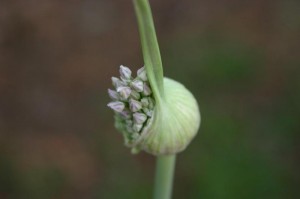
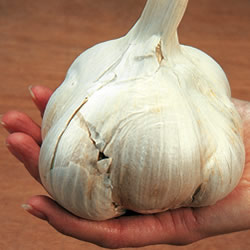
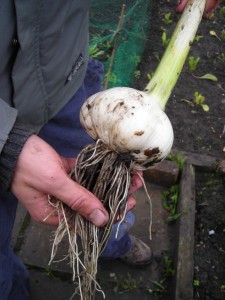
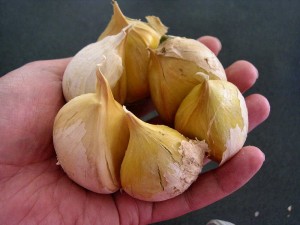
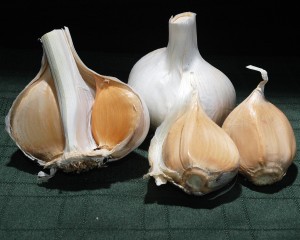
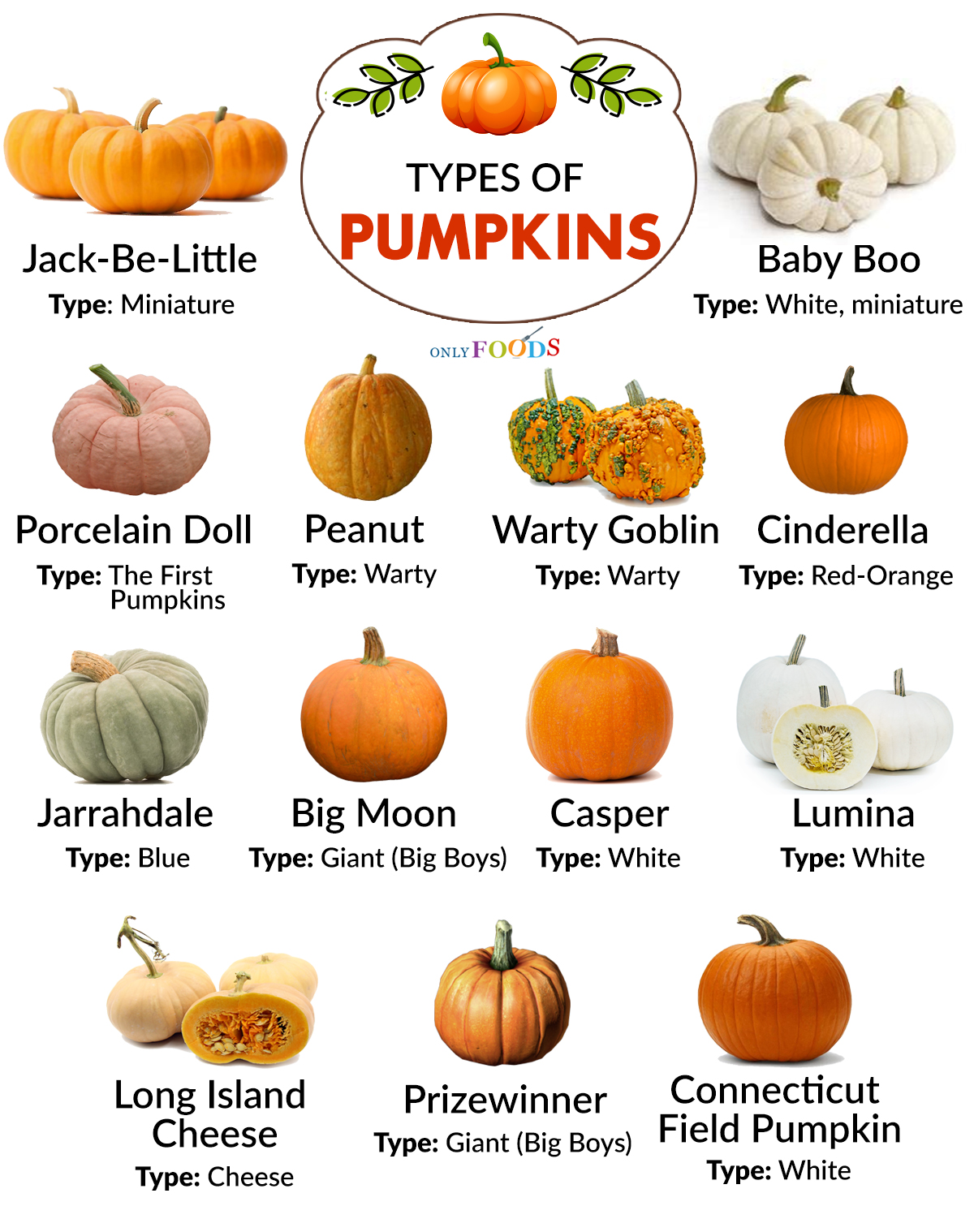
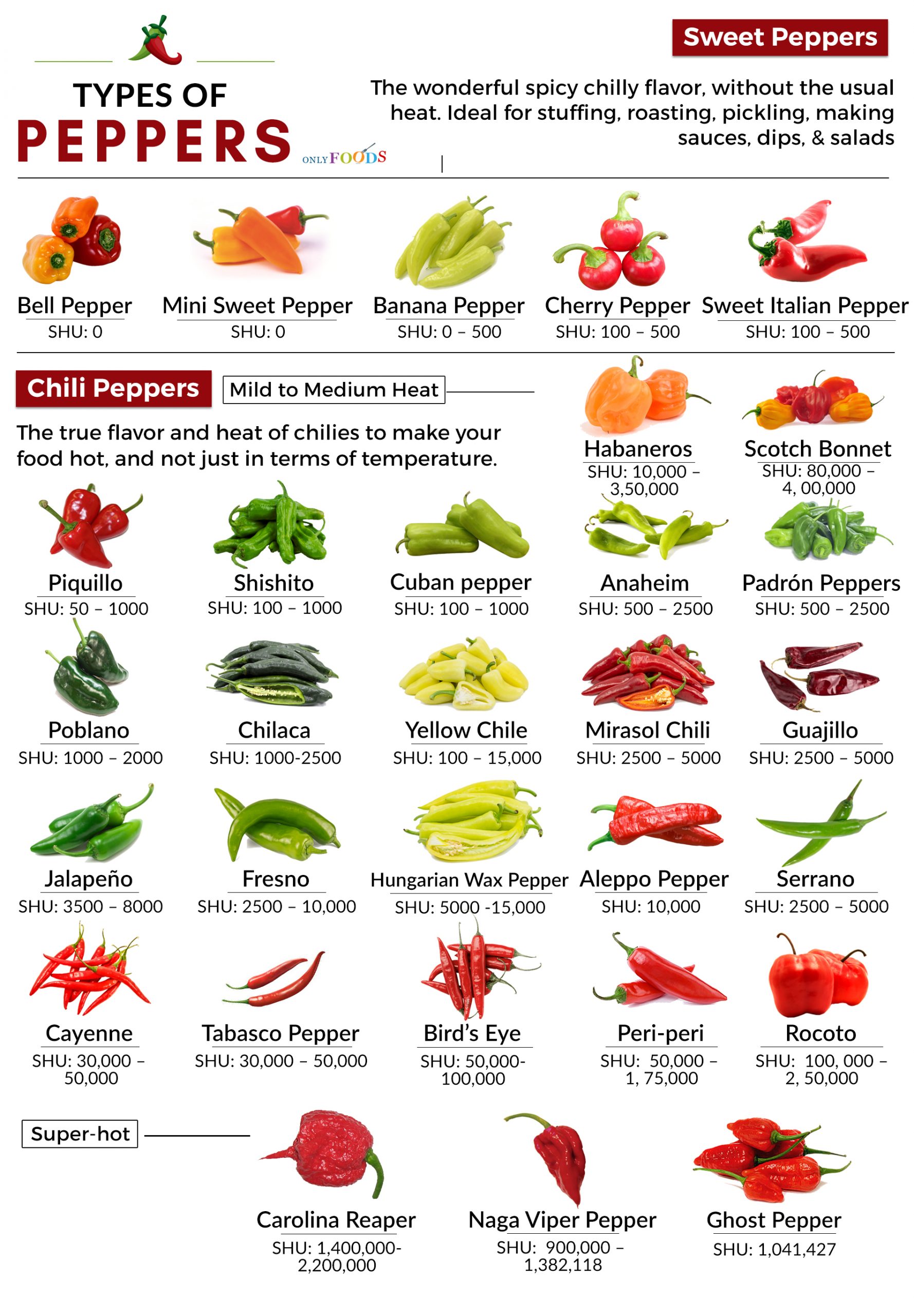
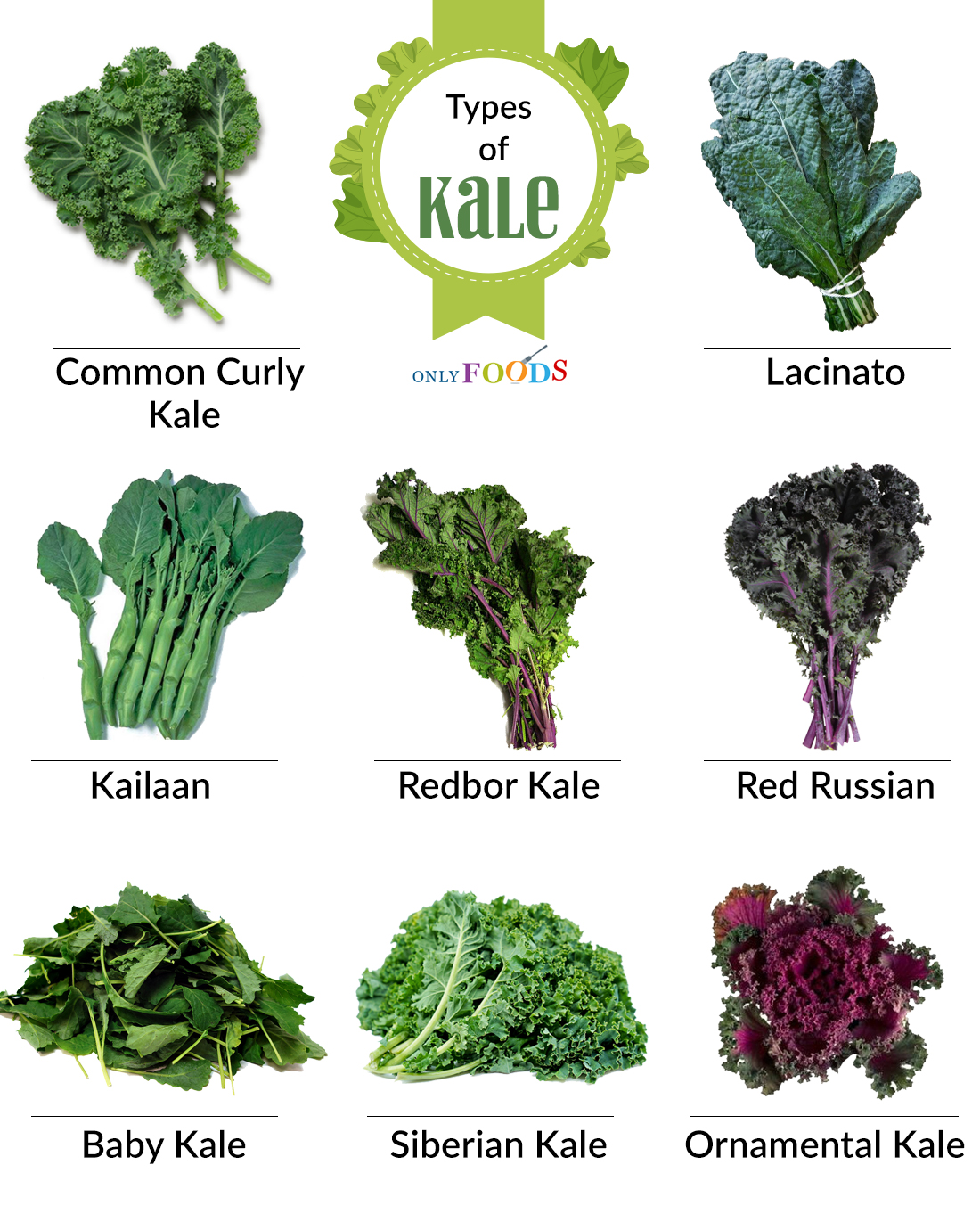
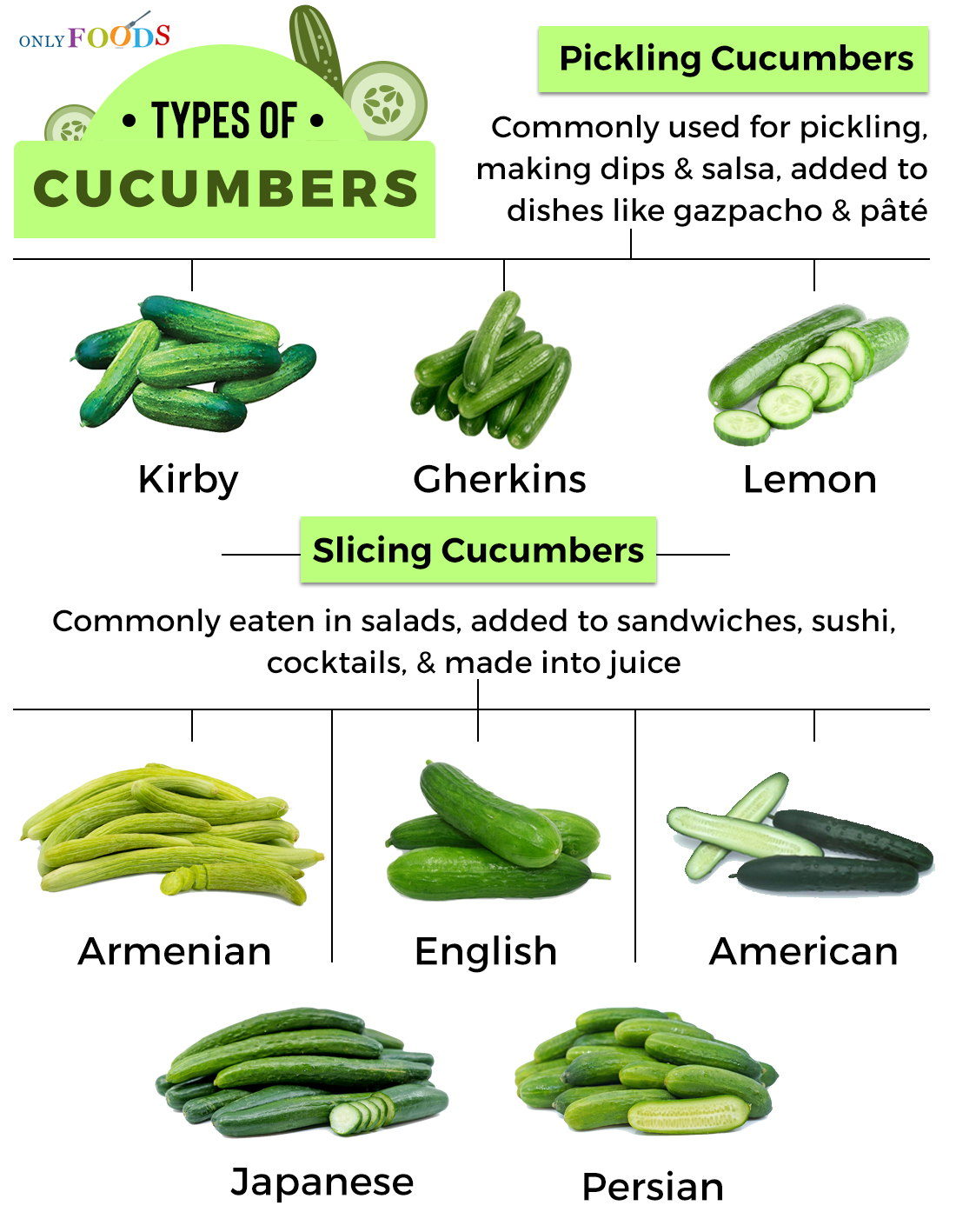















Leave a Reply